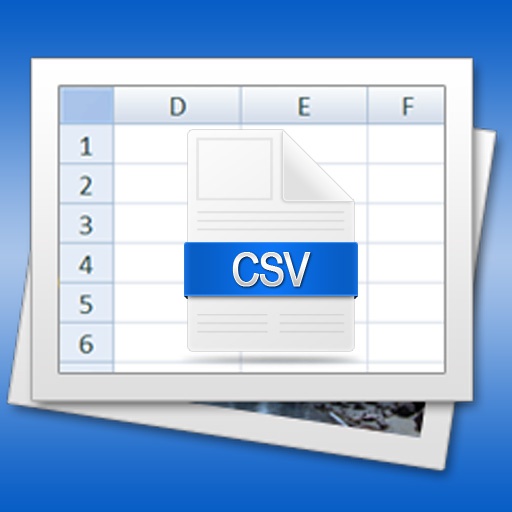Instruction
1
Use a simple text editor (e.g. Notepad) for the "manual" creation of the CSV file. If you need a file that does not contain any data, then just save the blank document with the extension. csv for example, data.csv.
2
Separate the contents of adjacent columns of the table the decimal, if the file should be placed some tabular data. The name of this format (CSV - Comma Separated Values) is translated to English as "comma separated values". However, it is more convenient and therefore more frequently used is the division of values with a semicolon. It is connected with the factthat in most non-English speaking countries a comma is used as separator of the integer and fractional parts of real numbers.
3
Place in each row in the CSV file only one line of tabular data. That is a sign of the end of the string is the separator between the table rows contained in this file.
4
Use the table editor, if you don't want to create a CSV file yourself. Most programs for working with tables can read and save data in this format. For example, you can use office Excel 2007. Creating (or opening) in it the table you want to save to a CSV file, click the big round Office button in the upper left corner of the editor window. In the drop-down menu go to "Save as" and select the bottom item - "Other formats". This menu item assigned hot key is F12 - you can use it.
5
Expand the dropdown list "files of Type" and select "CSV (comma delimited)". Then in the "file Name" enter a name, select the storage location and click "Save".
6
The answer is in the affirmative (buttons "OK" and "Yes" to the questions Excel asks twice before saving the file. In this way the editor will warn you that the CSV format does not support formatting of the text, use "books" and "pages", formulas in cells of other options available in the native formats of the table editor.
